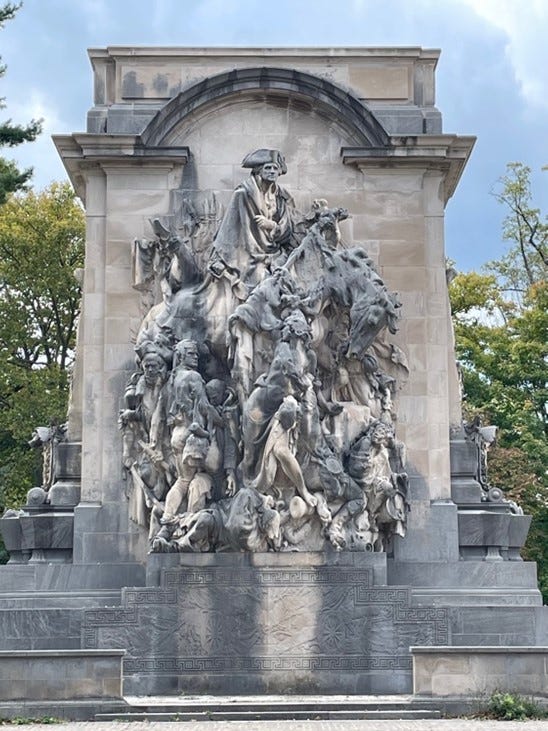The United States Marine Corps' history as a premier fighting force of soldiers from the sea is well known. Across the 248 years since the Corps’ birth on November 10, 1775, from the World Wars to Korea, Vietnam, Iraq, Afghanistan, and other conflicts, Marines have established their hard-earned reputation through their valor, innovation, and excellence. However, the story of the Corps’ origins and early years is less known. Washington’s Marines: The Origins of the Corps and the American Revolution, 1775-1777, published in 2023 by Maj General Jason Q. Bohm, USMC (retired), offers a comprehensive, in-depth look into the formative years of the Marine Corps during the pivotal years of the American Revolution.
Bohm blends his extensive research of previously untapped primary sources and his military expertise to provide an insightful narrative of the Marine Corps beginnings in context with the colonial rebellion, the formation of the Army and Navy, and the failures and triumphs of General George Washington’s field army.
The idea to establish the Marines came from a Congressional committee that believed such a force would be of “utmost service, being capable of serving both by Sea and Land.” In this vision, the Corps began to operate from ships, engaging in a range of sea-going duties from security and ship defense to manning naval guns to conducting amphibious operations ashore. Bohm traces the establishment of Marine detachments on those new navy frigates and their early operations. Throughout the book, he introduces several influential characters that defined the times, such as Captain Samuel Nicholas, the Corps’ first commissioned officer and senior Marine. Nicholas led the Corps' first amphibious assault in 1776, capturing British weapons and ammunition in New Providence, Bahamas, providing much-needed supplies to the Continental Army.
The Marine Corps' role was crucial in Washington's campaign during the winter of 1776-1777. After a series of defeats in New York, Washington's forces retreated across New Jersey, badly depleted by casualties, disease, and desertion, and were in dire need of reinforcement. Congress ordered Nicholas to lead a combined force of Marine ship detachments to join Washington’s Army. With the Marines now transitioning to fight on land as part of an army, the stage was set for a masterful counterattack, culminating in the ten critical days from December 25, 1776, to January 3, 1777. Bohm brings to life in a vivid narrative how Washington's forces, augmented by Nicholas’ battalion, won decisive battles at Trenton, Assunpink Creek, and Princeton, marking a turning point in the war.

Washington’s Marines can be described as the first complete study of its kind, weaving together the men, strategy, performance, and personalities of the Corps’ formative years into a compelling account. Enhanced with original maps and illustrations, Bohm's work offers a comprehensive narrative of the Corps' formation in the context of the momentous actions during the critical early years of the American Revolution. Bohm's perspective as a career Marine offers unique military insights that enrich the historical record, highlighting the enduring legacy of the Corps' early experiences and their significance in shaping its future. He also notes that the integration of the Army, Navy, and Marine Corps’ actions during the Revolutionary War were the early marks of our military today and its emphasis on joint warfighting operations.
Washington’s Marines sheds light on the importance of these early experiences and how they endure today in the Marine Corps culture, customs, and warfighting ethos. Bohm's meticulous research and military expertise combine to fill in the historical gap of the Corps' origins, offering readers a profound understanding of how these formative years have left a lasting imprint on one of the world's most renowned fighting forces.

Dedicated in 1922 by President Warren G. Harding. The inscription on the reverse reads:
Here memory lingers to recall the guiding mind,
Whose daring plan outflanked the foe and turned dismay to hope,
When Washington, with swift resolve, marched through the night,
To fight at dawn and venture all in one victorious battle for our freedom.
Tags: Book Summaries





